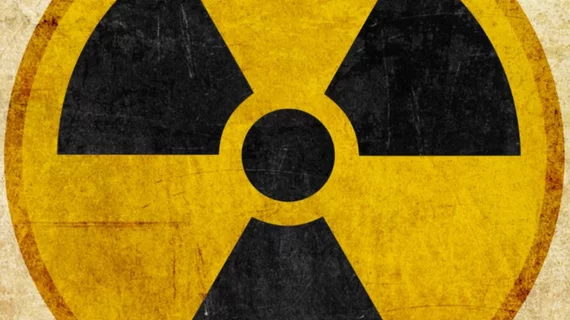Protective methods to measure radioiodine exposure may be inadequate
Exposure to radioiodine can lead to DNA damage in thyroid cells and other tissue, but new research suggests current radiation protection principles may not be sufficiently monitoring radiation exposure to nuclear medicine professionals.
“Iodine-131 is an important radioisotope that is selectively taken up by the thyroid gland and is popularly used in medical diagnostics and treatment procedures with a short radioactive half-life decay,” wrote Justyna Miszcyk, with the Institute of Nuclear Physics Polish Academy of Sciences, and co-authors.
Patients typically take radiopharmaceuticals in pill form and, when they exhale, can expose workers to iodine-contaminated air. In Poland, where the study was conducted, only use thermoluminescent dosimeters (TLDs) to monitor exposure, a method that doesn’t produce enough accurate data regarding exposure, the researchers explained.
With this in mind, Miszcyk et al. compared dose estimates from cytokinesis-block micronucleus testing (CBMN) and the premature chromosome condensation technique (PCC) against that measured using whole-body spectrometer and TLD testing. The former tests are both internationally accepted biomarkers used for dose estimation.
Results showed those workers in the exposed group (29 people) had “significantly” higher frequencies of genetic damage and a higher proliferation index (measurement of cellular division) compared to healthy controls (32 workers). The results suggest that physical dosimetry measurements by themselves may be “insufficient” to accurately gauge radiation exposure.
“Importantly, physical dosimetry is routinely used over many years for monitoring the levels of exposure received by radiation workers, but only biological monitoring provides information about the total, cumulative dose absorbed during the most recent few years, which can contribute to a more accurate occupational risk assessment at the individual or group level,” the researchers wrote.
The team also found that smoking status, age and length of exposure influenced the observed effects in both the exposed patients and healthy controls.
“The results and discussion presented here are not sufficient for making strong recommendations, but rather may stimulate further investigations concerning protective measures in the case of individuals who have been occupationally exposed to 131I,” the researchers concluded.
The study was published Oct. 21 in the European Journal of Radiology.

